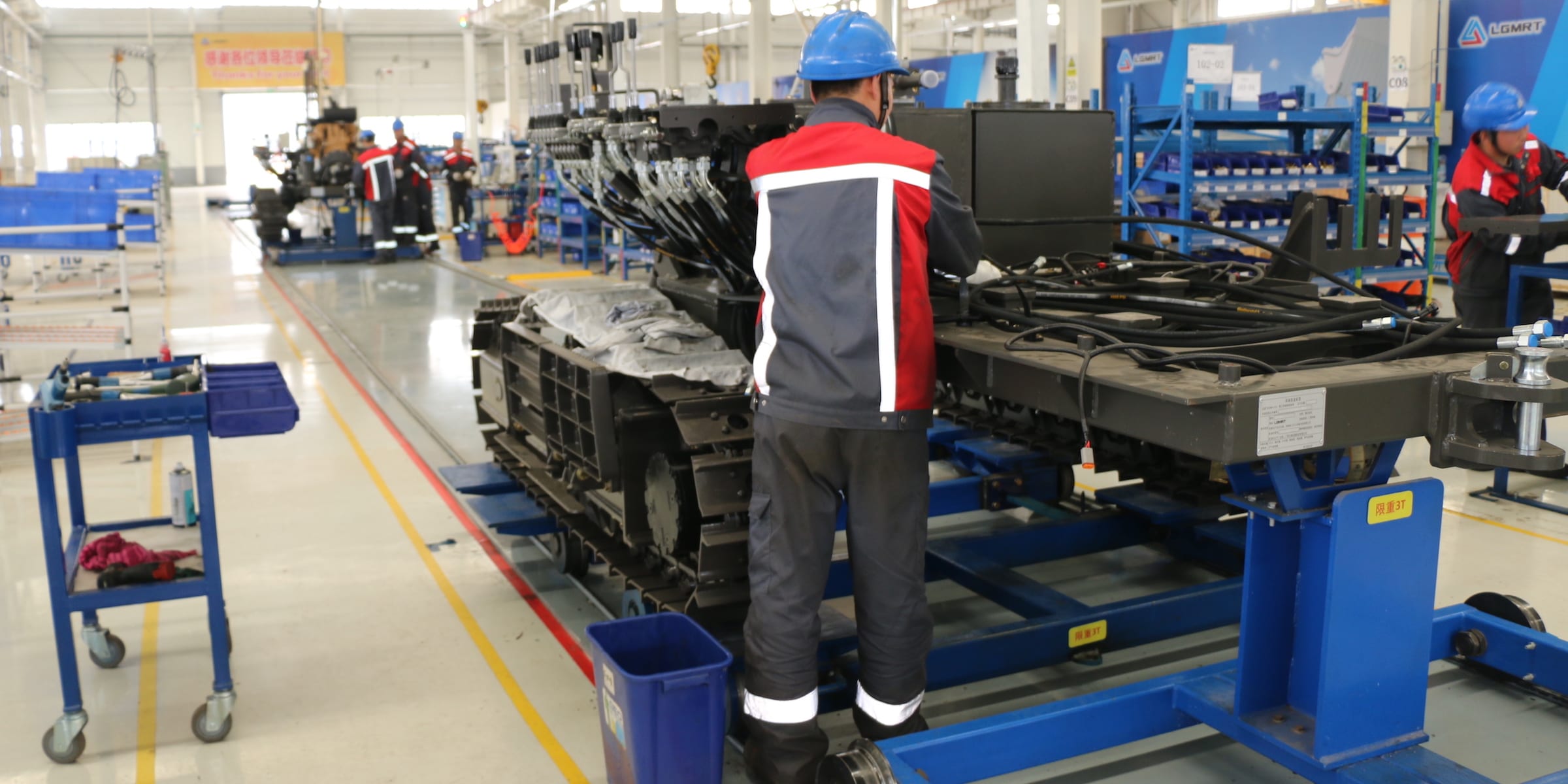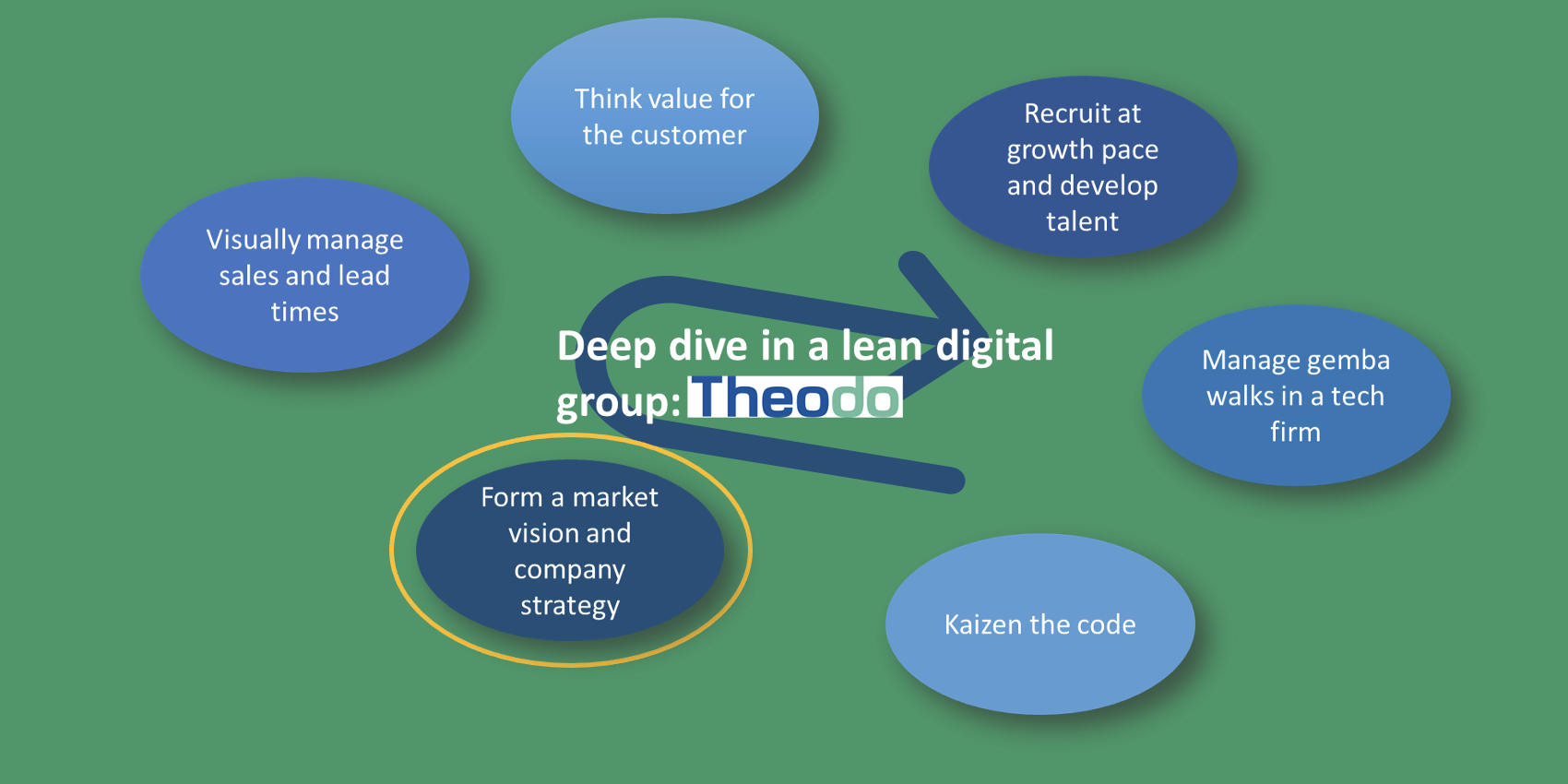
Predictable vs unpredictable work
FEATURE – It is a common misconception that our work is too unpredictable to fit into a standardized approach. The author debunks this myth.
Words: Dave Brunt, CEO, Lean Enterprise Academy
All of us have, at one point or another, felt overwhelmed with the sheer amount of work we have to do. (For some of us, this feeling is pretty much constant.) Sometimes, finding the time to tick off every item on our to-do list seems impossible and we have the impression that nothing can be organized or properly structured. On those occasions, whatever action we can take to improve the situation – including lean initiatives – feels pointless.
It is a common misconception that our jobs are completely unpredictable. In fact, every job has predictable elements to it, more than we think. Identifying them is the key to freeing up our time and finally finding a way to better organize our work. Distinguishing predictable and unpredictable work is often the first step we need to take as we try to bring stability to our processes – and achieve the peace of mind that comes with it.
I have seen first-hand the power of separating predictable and unpredictable work many times, for instance in car servicing and repair operations around the world. In your typical car dealership’s repair center everything goes well until the first unpredictable piece of work shows up. Because its duration is hard to estimate, the rest of the day will become unpredictable and “unplannable” too. This is not only bad for business; it stresses people out beyond measure, as planning the work proves impossible. I realized the significance of this during my work with Grupo Fernando Simao in Portugal and refined the approach at Jaeger Toyota in Norway. Later, at Halfway Toyota (a chain of car dealerships in South Africa and Botswana, which Planet Lean has covered extensively), the solution to this problem was the separation of the work into two different flows: one for predictable servicing or repair work that can be carried out while the customer waits (the Green Bay), one for unpredictable work (the Orange Bay).
The Orange Bay plays a critical role in the Halfway repair centers: its purpose is to make unpredictable work predictable. It inspects vehicles coming in to try and estimate how long it will take to complete the work required – thus turning unpredictable work into predictable work. This is particularly important to point out, in my mind, because a common misconception people have is that we are powerless when it comes to unpredictable work. After all, how can we plan for or standardize jobs we don’t know yet, especially when every job is different?
The Orange Bay at Halfway proves this is untrue, but if you need another example look no further than Toyota itself. They have three different types of standardized work: type 1 for repetitive, single cycle work; type 2 for variable cycles with different part variants; and type 3 for long cycle variable work content. It’s quite different trying to standardize the work in assembly and trying to standardize the work of maintenance. Some maintenance tasks are predictable, some are not – breakdowns being an excellent example. Maintenance can’t properly do its job if all it does is fight fires!
Many of the jobs we consider unpredictable are actually predictable. Let’s stay at Halfway for a minute and share an example from their processes. You might think it’s impossible to foresee when a car will need new brake pads or discs (rotors in the US), but it isn’t. If the last time it was serviced, the pad measured four millimeters in depth, it’s highly likely that when the next service is required (10,000 miles later) the pads will need to be replaced. With this piece of information you will be able to turn an unpredictable service and repair into predictable work.
Lean Thinking can only fulfill its promise if we are able to establish flow in our organizations, but without predictability and rapid response to issues as they happen flow is impossible to achieve. Identifying and separating unpredictable work will allow us to put the predictable work in a flow, and to then further optimize the process. At Halfway Ottery, in Cape Town, using this system to segment the work has led to incredible productivity gains (up to 30 cars serviced in a day on one lift, where the best practice industry average is 5-6 per day). It’s roughly a 600% increase!
Obviously, servicing more vehicles in the same space has turned out to be a very attractive proposition for managers. They saw margins grow and capacity appear in front of their eyes, as more and more vehicles could be repaired and serviced with the same number of people while the client waited. That’s flow at its best, and a unique value proposition that the Toyota dealers we have been working with (such as Jaeger and Halfway) are becoming known for.
MAKE THE LEARNING HAPPEN
As we have discussed, separating predictable and unpredictable work will allow you to bring stability to your process – a precondition for the creation of flow and the ability to improve. Like everything we change, this starts with a need. Sometimes, this is the fact that our people feel overwhelmed and like they don’t have enough time to perform their tasks. Unfortunately, the fact that they are struggling doesn’t mean people will immediately be on board. In fact, to go back to the dealer example, in every single gemba I have tried to run this experiment the first reaction of people was always the same – “It will never work. Every job we have is different!”
That’s why you need a learning experience in the environment in which people are struggling so that you help them to think in a different way about the work they do. Experiential learning is an incredibly powerful technique, as we lean practitioners know – as the old Confucius saying goes, “Tell me and I will forget; show me and I may remember; involve me and I will understand.” It is with this in mind that I developed the Job Cards experience. I wanted a way to show people their work is not as unpredictable as they think.

Picture from Creating Lean Dealers book.
Here’s how it works. First, I ask people to get the last three months’ worth of job cards and lay them all on the floor. Then they take each job card, read it and determine whether it was a predictable or unpredictable service/repair (they are also asked to organize them by time – 0 to 30 minutes, 30 to 60, 60 to 90, etc). As the job cards start to fill the relevant squares, piles start to form and people suddenly understand how much of their work is actually predictable. To assign the card to the relevant square, they need to “relive” that job in their minds, which in turn helps them to see the work with new eyes. It’s incredible to see how much this simple experience changes their underlying thinking.
The experience is far more powerful than analyzing the jobs in a spreadsheet. One person analyzing the work doesn’t have the same impact (remember the Confucius quote I shared above). People have to live the experience themselves: once you have laid on the floor dozens, hundreds of your own job cards and seen how they majority of them are predictable (when you thought they weren’t), you are suddenly compelled to do something about it. This is why separating predictable and unpredictable work is ultimately an enabler of Lean Thinking in your organization.
More insights on lean applies to sales, service and repair activities in this book:

THE AUTHOR

Read more


INTERVIEW – Lean for social good may sound new to many, but to the CEO of one of America’s largest food banks, the partnership between her organization and Toyota to defeat hunger in the Big Apple seems just natural.


FEATURE – Leading lean transformations in different countries is often considered a challenge. The author claims it’s not as difficult as normally assumed, so long as you stick to the lean fundamentals.


FEATURE – In the final article of her series, the author spends a day with Theodo’s CEO and co-founder to learn how lean informs its strategy and vision.


CASE STUDY – Not even a pandemic can prevent a lean organization from learning: this hotel in Tenerife has decided to make the most of its forced closure to review and improve its processes.

